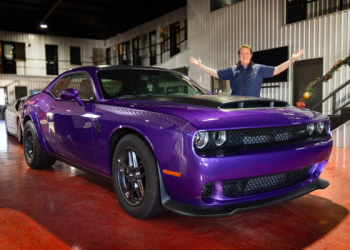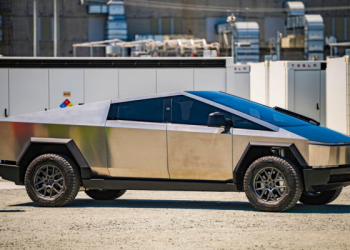During World War II, the United States (US) emerged as an industrial powerhouse, producing over 300,000 military aircraft, which enabled the Allies to outmatch the Axis powers. By the war’s end, the US had the largest air force ever assembled.
The shift to a total war economy
The scale of America’s aircraft production was unprecedented. Before the war in 1939, the US produced fewer than 3,000 military aircraft annually. However, it transitioned to a total war economy once America entered the conflict. Civilian car production was banned, redirecting all industrial efforts towards the war. The result was an astounding output of around 300,000 aircraft, including fighters, bombers, and transport planes.
Supplying allies and dominating the skies
Not only did US industry meet the needs of its own military, but it also significantly supported its allies. The Soviet Union received over 14,000 American planes, while the British benefited from numerous aircraft supplied under the Lend-Lease program. The American effort extended beyond aircraft, providing essential raw materials, aviation fuel, and engines to bolster the Soviet war effort, according to a SimpleFlying report.
Growth of the US Air Force
At the start of WWII, the US Army Air Corps (later the US Army Air Forces) had only a few hundred planes. By the end of the war, it had expanded to nearly 80,000 aircraft, making it the largest air force in history at that time. This monumental growth was reflected in both quantity and quality, with advanced aircraft like the B-29 Superfortress and the P-51 Mustang playing pivotal roles.
Fighter jets production and their impact
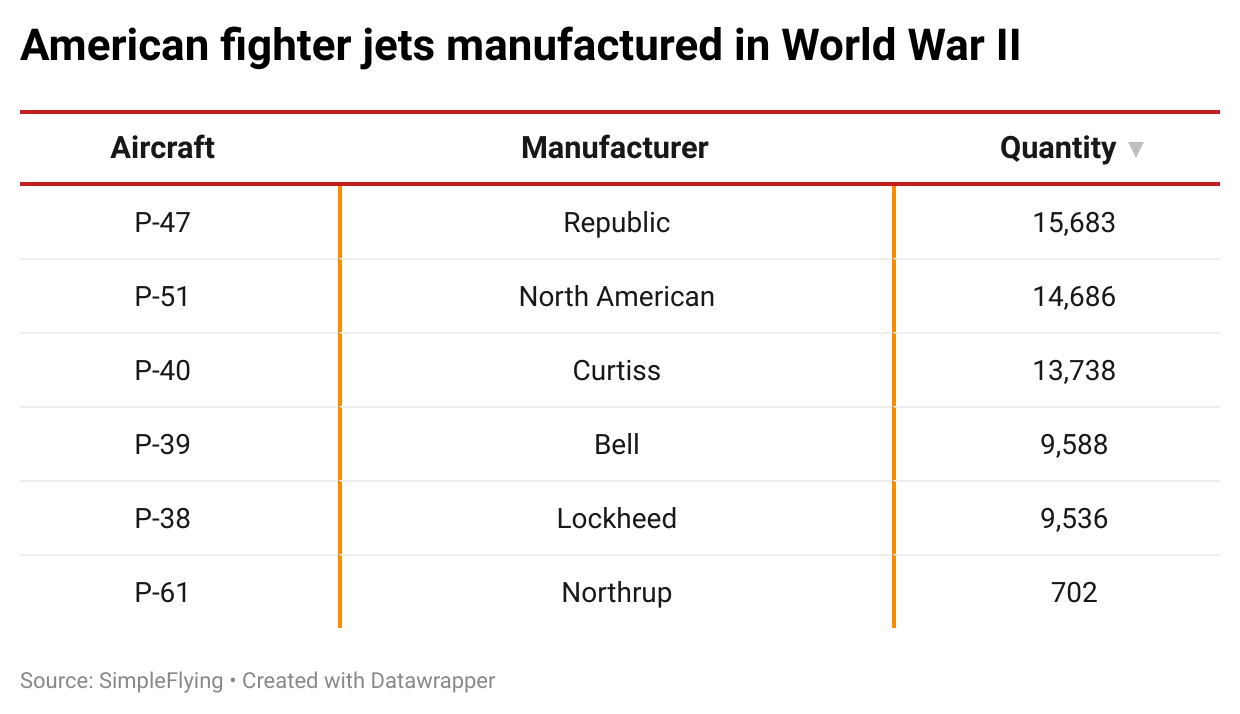 Fighters made up a significant portion of US aircraft production. The P-47 Thunderbolt and the P-51 Mustang were particularly noteworthy. The Thunderbolt was renowned for its durability, while the Mustang, with its long-range capability, became a top air-to-air fighter, essential for escorting bombers over Europe.
Fighters made up a significant portion of US aircraft production. The P-47 Thunderbolt and the P-51 Mustang were particularly noteworthy. The Thunderbolt was renowned for its durability, while the Mustang, with its long-range capability, became a top air-to-air fighter, essential for escorting bombers over Europe.
Bombers: The backbone of the air campaign
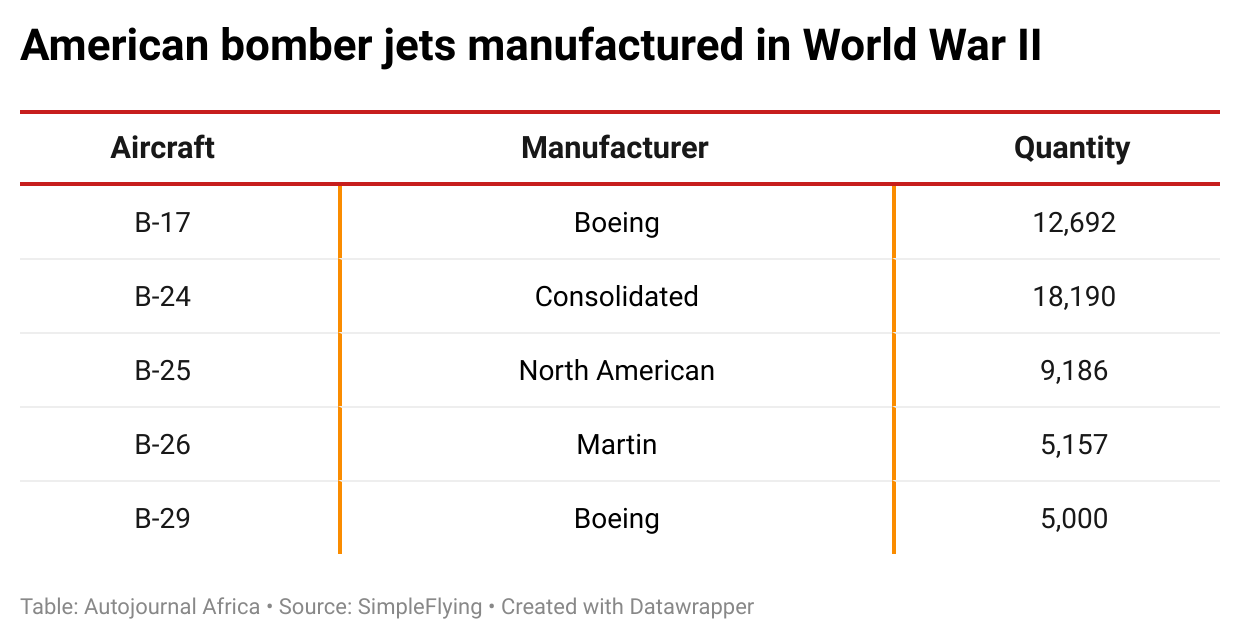
Bombers were vital in the Allied strategy. The US produced several key models, including the B-17 Flying Fortress, B-24 Liberator, B-25 Mitchell, B-26 Marauder, and the B-29 Superfortress. The B-29 was the most expensive military project of the war and was instrumental in the bombing campaigns over Japan, including the atomic bombings of Hiroshima and Nagasaki.
Cargo aircraft: Ensuring logistical success

Legacy and surplus
When the war ended, the US had a surplus of about 150,000 aircraft. Many of these planes, stationed overseas, were either destroyed or abandoned, marking the end of an era of unparalleled military production.
The US aircraft production during WWII not only secured victory but also established the nation as a global industrial leader. The scale and efficiency of this wartime effort remain unmatched in history.
Read more on U.S. factory orders surge 1.6% in March, driven by aircraft and vehicle demand




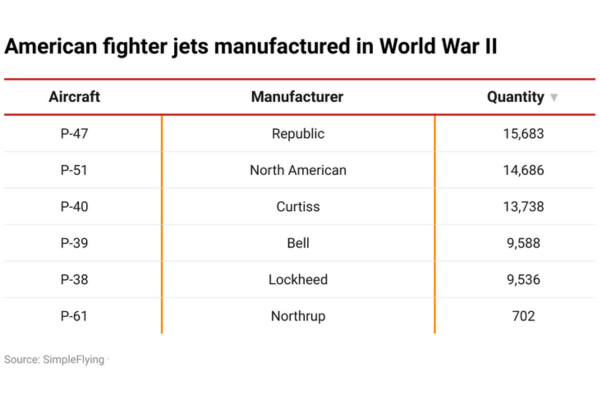



![Nissan GT-R [Source autoevolution]](https://autojournal.africa/wp-content/uploads/2025/08/Nissan-GT-R-Source-autoevolution-350x250.png)
